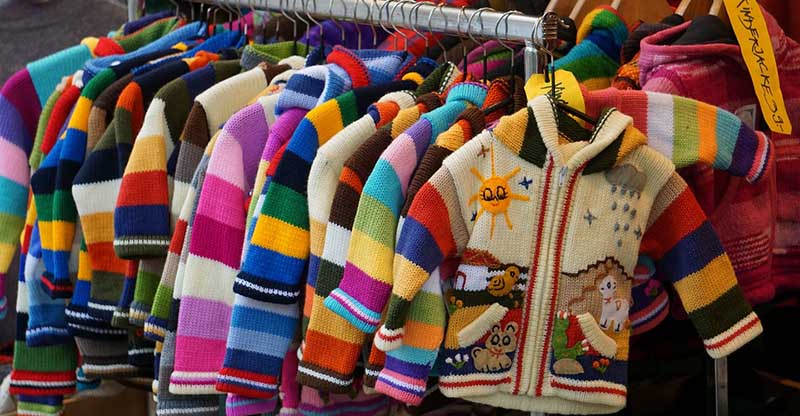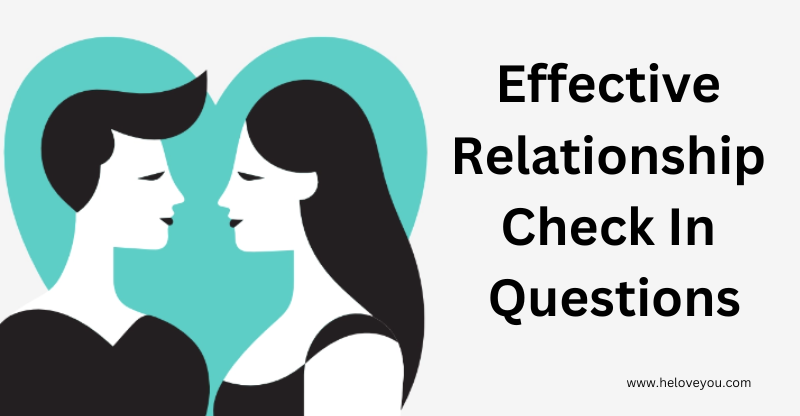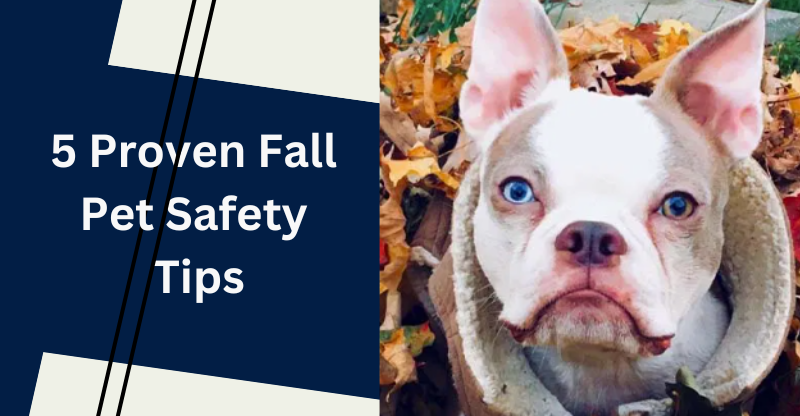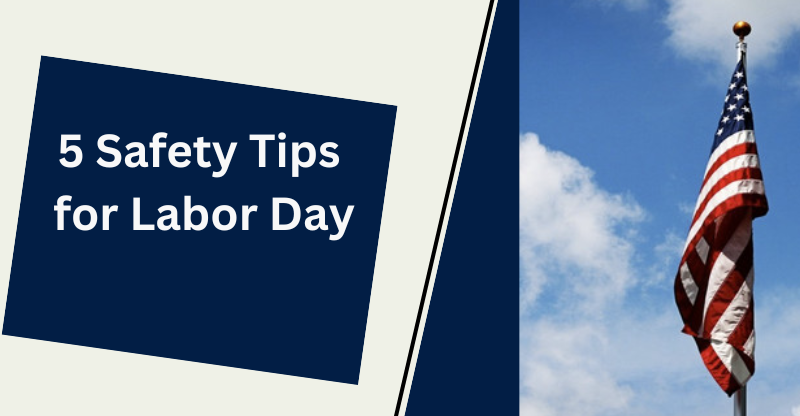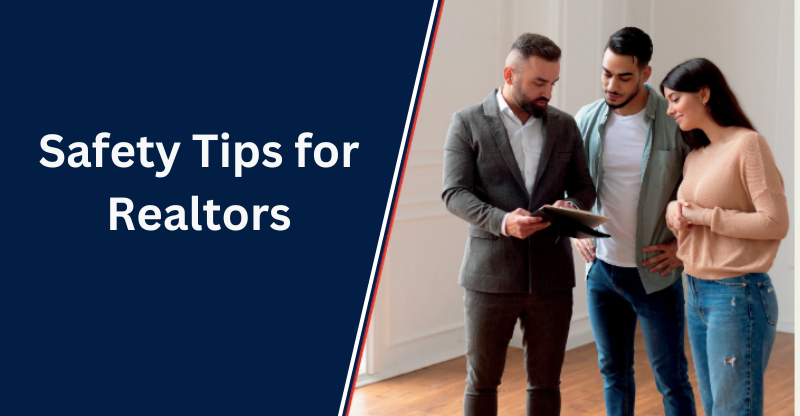What does the t mean in children’s clothing? Introduction:
Shopping for children is no small matter when it comes to finding the right size of baby, toddler, and children’s clothing. Some babies and children change sizes quickly, while others take longer.
Furthermore, if you have any questions, you may not know how to find the right fit for them. I have to ask myself, “What is the best way to do this?” What does the t in children’s clothing stand for?” “What size are children’s clothes?” By the age of 3 months, T sizes began to emerge as opposed to baby sizes.
Generally, toddlers under three months are considered preschoolers. I think my four year old fits the 3T. However, they don’t necessarily follow a specific demographic type. Due to that, some children are shorter and heavier than their age, which affects clothing size.
What does “toddler” mean?
The term “toddler” refers to children ages 12 to 36 months, although definitions vary. The toddler years are a time of significant cognitive, emotional, and social development. The word “toddle” is derived from “toddle,” meaning wobble around like a child at this age.
What does the t stand for in children’s clothing?
The “T” in sizes 2T-6T stands for “Toddler,” and the number in front of it indicates age. Thus, a 2T is sufficient for a 2-year-old of average build. However, this size overlaps with the 24-month size. Therefore, it is important to note that size T is narrower than children’s sizes in months, such as 24 months.
What does 2T mean in children’s clothing?
A 2T indicates that the garment is for a 2-year-old child. So, it should be wearable for children who have just turned two or are approaching their third birthday. When looking at 24-month and 2T clothing, you will see some differences.
What does 3T mean in children’s clothing?
The next size up for manufacturers is 3T; at age 3, children often stop growing unexpectedly. Sometimes it even feels as if the baby’s clothing size has changed overnight. 2T clothing at age two may continue to demand the next size up, 3T. After age 3, a baby’s height changes are not as frequent. This is why 3T sets are useful for more than one season.
What do 4T and 5T mean in children’s clothing?
Following the logic of sizing, you can order clothes according to your toddler’s age. Preschoolers vary in height, weight, and other physical characteristics, so never purchase without checking the size chart.
What size is 8t in clothes
| Age | Size | Height (cm) | Chest (cm) | Waist (cm) |
| 1 to 2 years old | 1-2T | 98 | 55 | 53 |
| 3 to 4 years old | 3-4T | 110 | 59 | 55 |
| 5 to 6 years old | 5-6T | 122 | 63 | 58 |
| 7 to 8 years old | 7-8T | 128 | 67 | 60 |
Children’s Size Shoes.
Do you want to get your child’s first pair of shoes for when they are just starting to walk? Or are you looking for shoes for your preschooler but none of them feel right Are you looking for shoes for your preschooler but none of them feel right?
Your child’s shoes must be the right size. If they are too tight, problems may arise. If they are too big, your child may trip.
The problem is that children’s feet grow at the speed of light. So we have compiled a handy children’s shoe size chart by age and a few tips.
For many parents, grandparents, and other adults, dealing with the rapid growth of a child’s feet can be confusing and costly.
Overlapping size charts and inconsistent language brands and retailers use to describe children’s shoes make it difficult to figure out your child’s shoe size.
Shopping for children’s shoes seems like it must be too difficult, but unfortunately, figuring out a child’s size can be confusing. So let’s get the most important things about children’s shoe sizes.
Toddler sizes range from 0 to 13: The smallest size in this range is a baby shoe, while the larger sizes usually fit children 4, 5, or even older. Important: These shoes are usually labelled “T” for Toddlers up to size 7 (e.g., 4T, 5T, 6T, 7T); sizes 8-13 are usually labelled “Kids” (e.g., 8 Kids, 9 Kids, 10 Kids, etc.).
Larger children’s sizes 1-7 (6 for some brands): Many parents are confused here. Shoes for older children start at size one and go up to size 7, creating confusion that a size 1 (Big Kids size) shoe is the next size after a size 13 (Toddler size). In addition, some shoe brands refer to toddler sizes 1-7 as “T” and all other sizes as “Kids“. Thus, toddler shoes are distinguished from children’s shoes even though they are the same size. For example, if a shoe is size “5 Kids,” it is not a “5” for toddlers but a “5″ for older children.
How to Measure a Child’s Feet
Measure often: Each time you buy new shoes, you should measure your child’s feet, especially if you buy them for active use like hiking or running around the yard. And even if you don’t think your child needs new shoes, having a qualified shoe specialist measure both of your child’s feet a few times a year is not a bad idea. Then, each time your child complains that the shoes are bothering him or her, re-measure them. Of course, measuring the overall length is important, but a true fit specialist will also measure the width of the foot and the sole length to assess volume. This data will give you a complete picture of the best shoe size for your child’s feet.
Measure the insole. The old-fashioned test of pressing the toe of the shoe with your thumb to see how much room is left in your child’s shoe sometimes works, but if this is difficult, take off the shoe, remove the insole, and place it on the floor. Then ask your child to stand on the insole and bring the heel and toe to the correct position. This makes it very easy to see the space in front of them. Generally, 0.5 cm to a little more is good.
Final Words
We have been with you from the very beginning of your parenting journey and are honored to help make you more comfortable at every milestone in your parenting journey. We are here to support you with the premium products you and your family need, giving you tips and tricks along the way and helping you choose the right clothes for your child.
Choose only brands and retailers that are well known and trusted in the market. This way, you can be sure that the outfit for your baby is of high quality and that you can replace it if something goes wrong.
Remember that these charts are just general recommendations and that different brands may have different sizes. Clothing models also have their unique characteristics. You can specify your size according to this manufacturer’s corresponding table when purchasing brand-name clothing from an online store.

